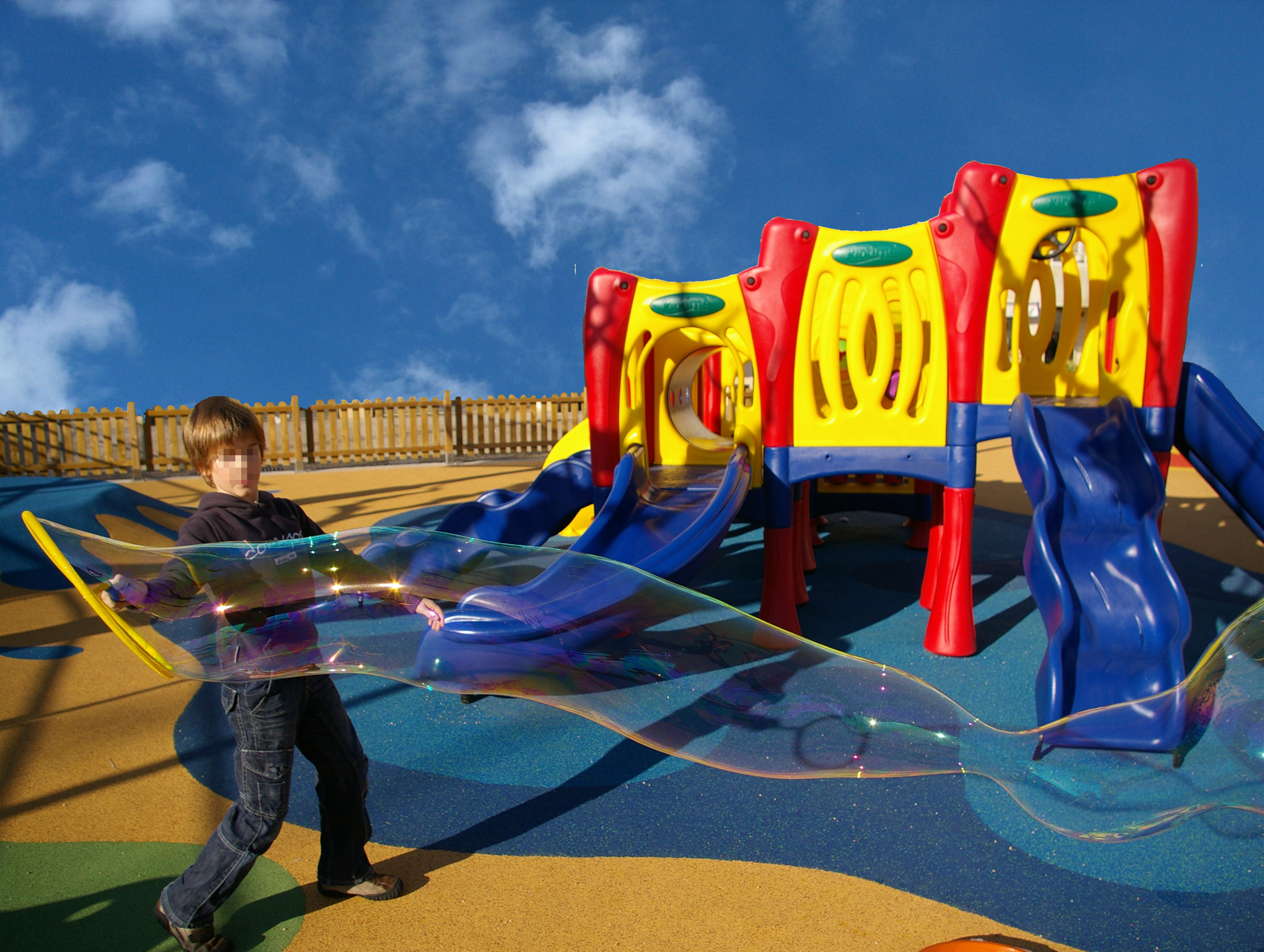Bubbleology
The science of bubbles
Barcelona
Bubble
Events
Home >
Barcelona Bubble Man >
Bubbleology >
Bubble words >
Bubble formula for biggest bubbles in the world
Surface Tension
The cohesive forces between liquid molecules are responsible for the phenomenon known as surface tension. The molecules at the surface do not have other like molecules on all sides of them and consequently they cohere more strongly to those directly associated with them on the surface. This forms a surface "film" which makes it more difficult to move an object through the surface than to move it when it is completely submersed.
Surface tension is typically measured in dynes/cm, the force in dynes required to break a film of length 1 cm. Equivalently, it can be stated as surface energy in ergs per square centimeter. Water at 20°C has a surface tension of 72.8 dynes/cm compared to 22.3 for ethyl alcohol and 465 for mercury.
Surface Tension of Water
The surface tension of water is 72 dynes/cm at 25°C . It would take a force of 72 dynes to break a surface film of water 1 cm long. The surface tension of water decreases significantly with temperature as shown in the graph. The surface tension arises from the polar nature of the water molecule.
Hot water is a better cleaning agent because the lower surface tension makes it a better "wetting agent" to get into pores and fissures rather than bridging them with surface tension. Soaps and detergents further lower the surface tension.
We LOVE Bubbles.
We supply :
- bubble wands,
- toys,
- machines,
- mixture,
- solution & giant bubbles. For a bubble blower & bubble shows

